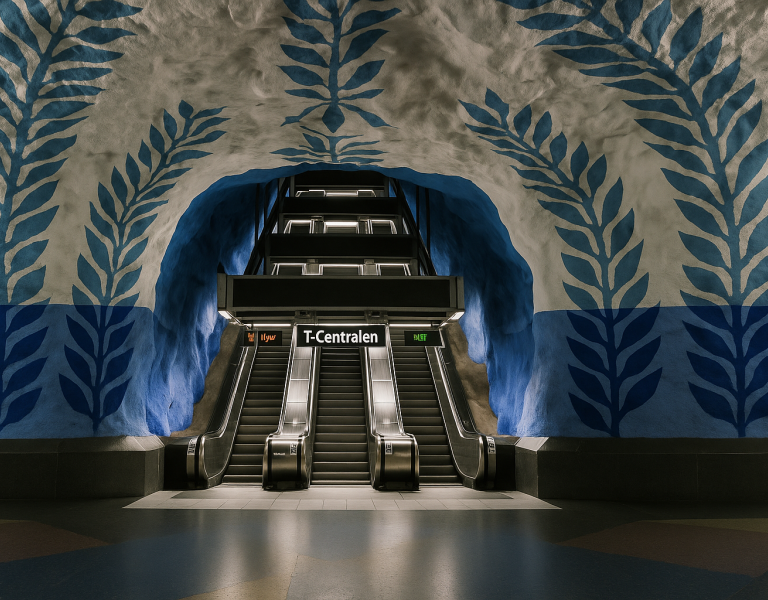
Stockholm Public Transport Administration - LCC analysis reveals socio-economic savings
Stockholm’s metro system was preparing for fully automatic operation with driverless trains. Systecon provided decision support, including an LCC analysis of platform barriers, making an important contribution to this paradigm shift. This was expected to save both lives and millions of Swedish crowns each year.
The metro's red line, one of three Stockholm metro lines, was upgraded with new vehicles, a traffic management system, and a maintenance depot. Systecon was deeply involved in many aspects of this extensive project. Among other areas, Systecon participated in Stockholm’s Public Transport Administration's investigation into the conditions and consequences of introducing fully automated operations that would deliver concrete benefits.
A fully automatic operation provided better service to travelers and reduced operating costs by running short trains more frequently without increasing cost. However, without onboard drivers to monitor journeys, measures were required to ensure public safety on platforms. These safety measures also helped improve the existing traffic situation, where track incursions and accidents caused casualties and extensive disruptions with high annual costs. The Public Transport Administration investigated and tested a number of systems for securing the platforms. In total, three main options were evaluated: conventional barriers, alarm systems, and security screens with vertical opening. Systecon's LCC analyses showed that security screens with wider openings—compatible with different types of metro trains—were the most cost-effective solution.
Systecon used classical LCC methodology with an extended method for evaluating the safety impact of platform barriers. This approach was based on socio-economic analysis models for valuing reductions in deaths and serious injuries. Additionally, the analysis included an assessment of the savings from reduced service disruptions.
The work included a comprehensive survey of events and risks in the metro, which was subsequently analyzed and documented. Extensive testing of various options was carried out using physical installations at several metro stations. Experiences from other metro systems with automatic operations and platform barriers were studied. A survey was also performed to understand the specific conditions of the Stockholm metro and how traveler behavior differed from other countries. Finally, the work underwent an external quality review.
In March 2016, the Public Transport Administration published its investigation report on fully automatic operation of the red line. The report concluded that platform barriers were the single largest component of the additional 1.6 billion SEK investment needed to switch to full automation. The socio-economic savings, in terms of lives saved, reduced serious injuries, and more efficient operation, were estimated at 300 million SEK per year. Efforts to reduce unauthorized track incursions also resulted in an estimated annual socio-economic saving of about 30 million SEK.
The report generated strong interest in Sweden and was debated in the opinion pages of Dagens Nyheter, one of the country’s leading daily newspapers.